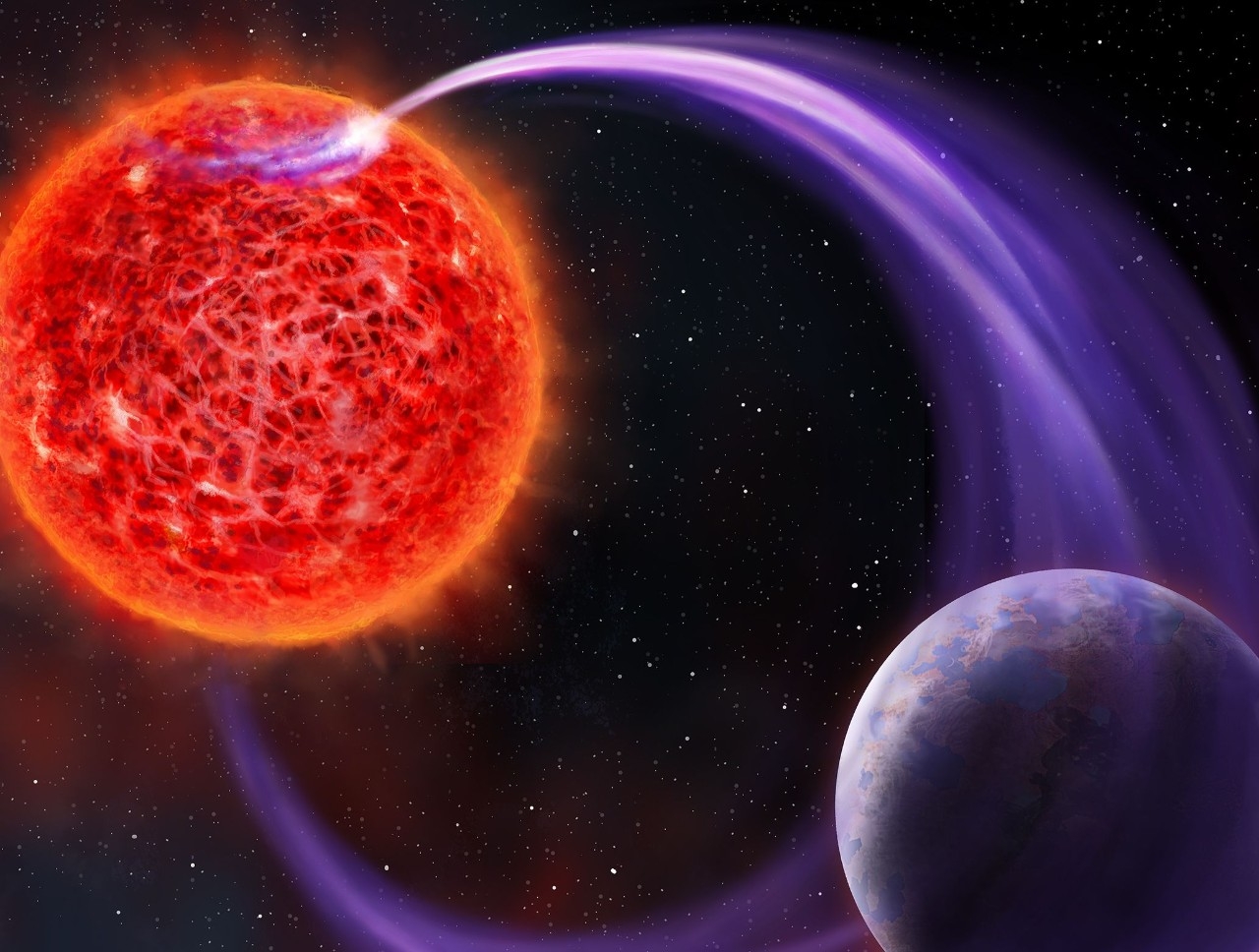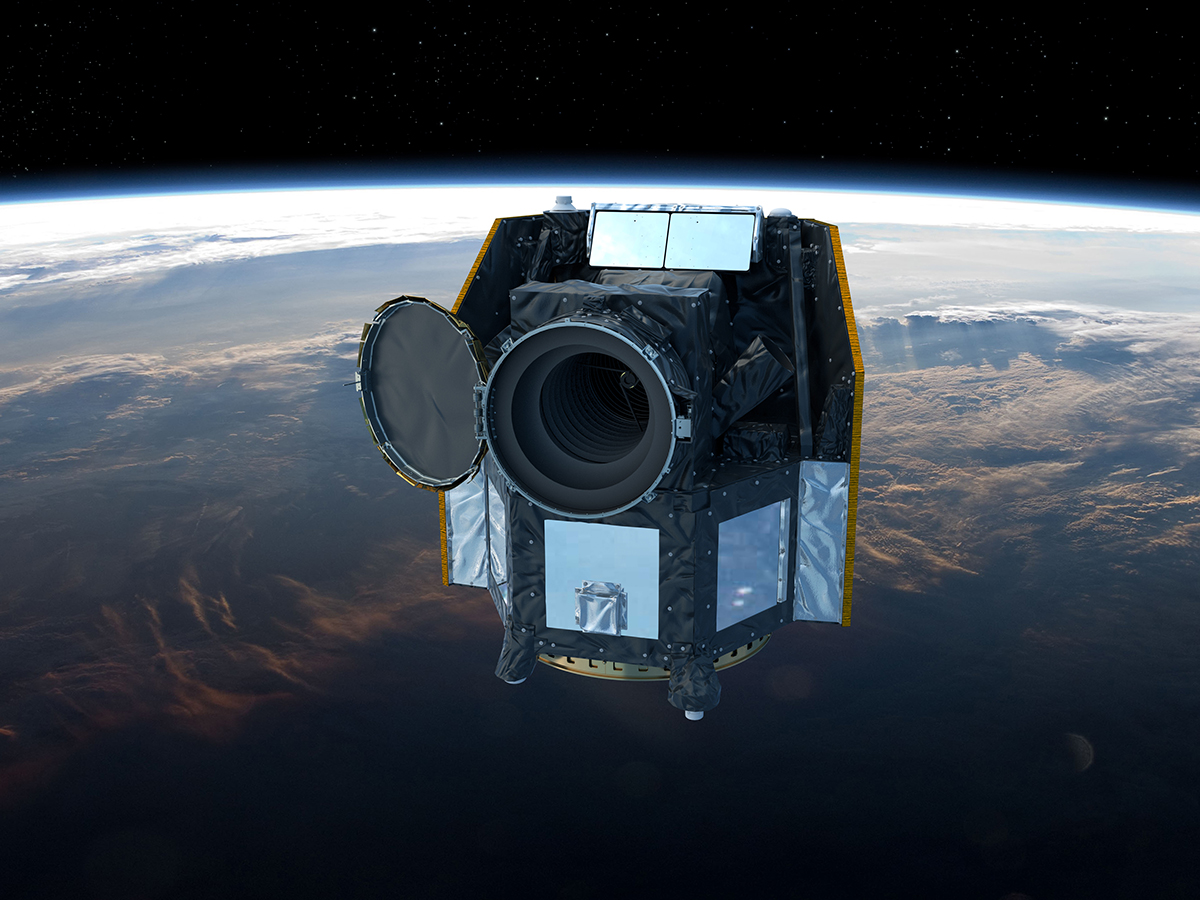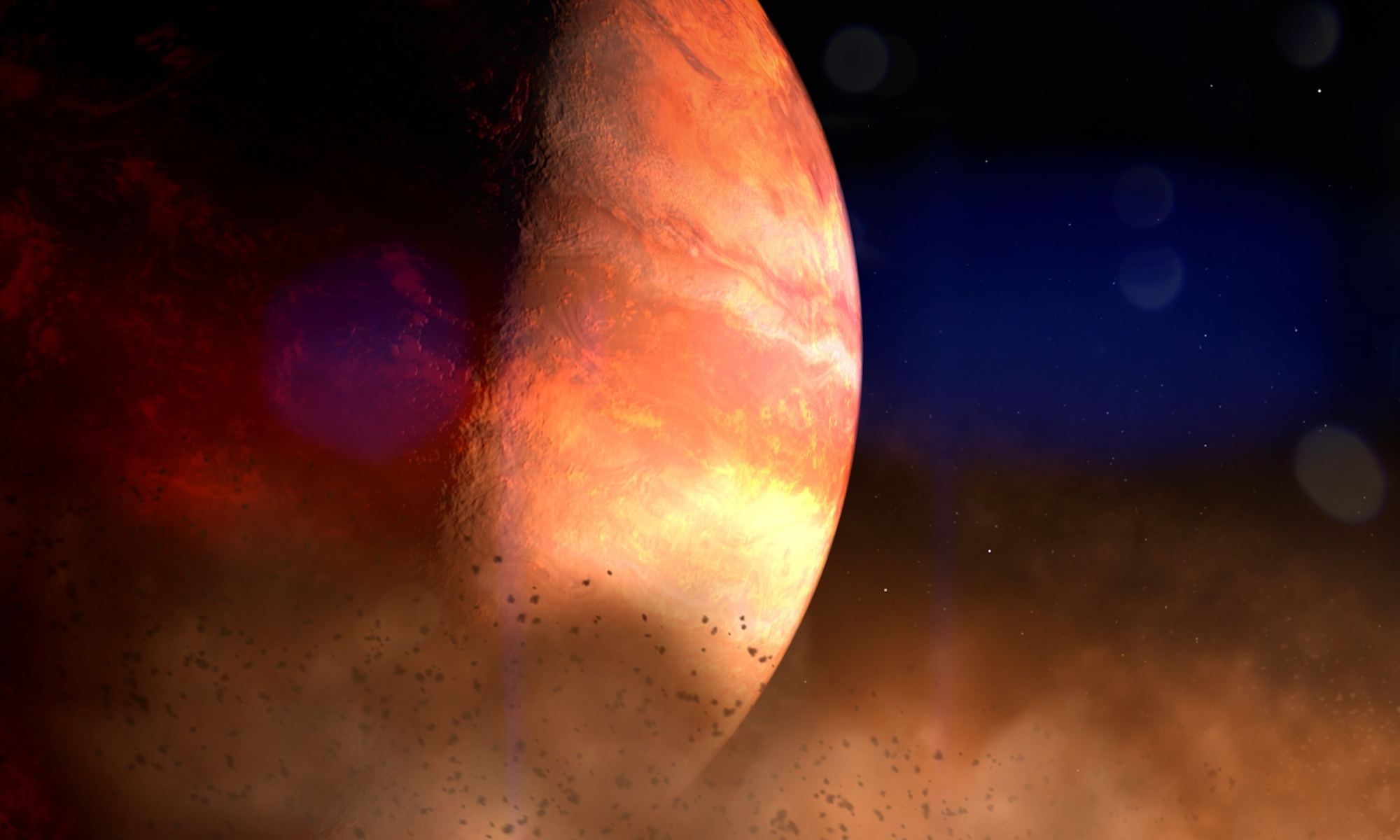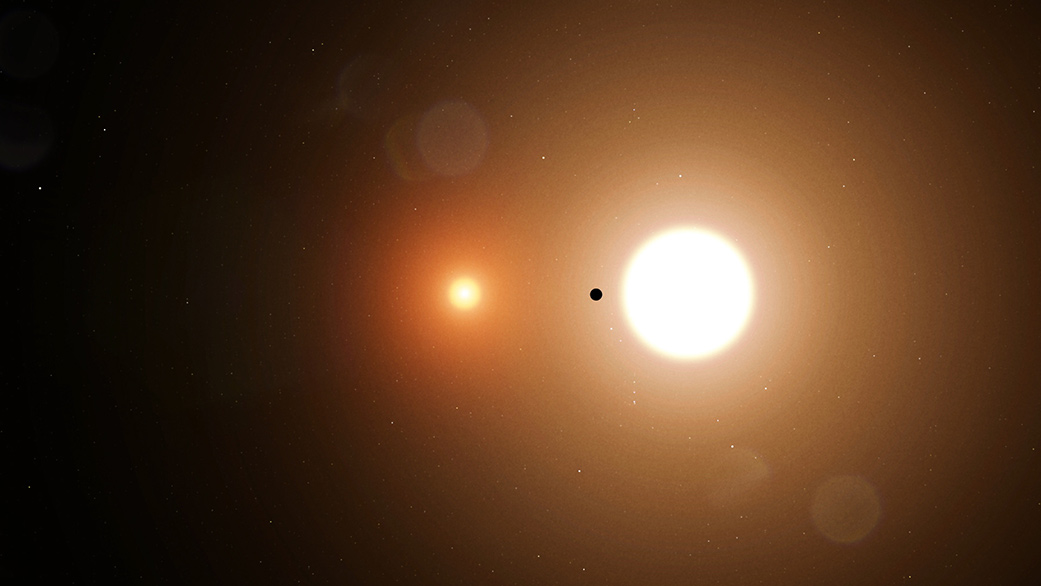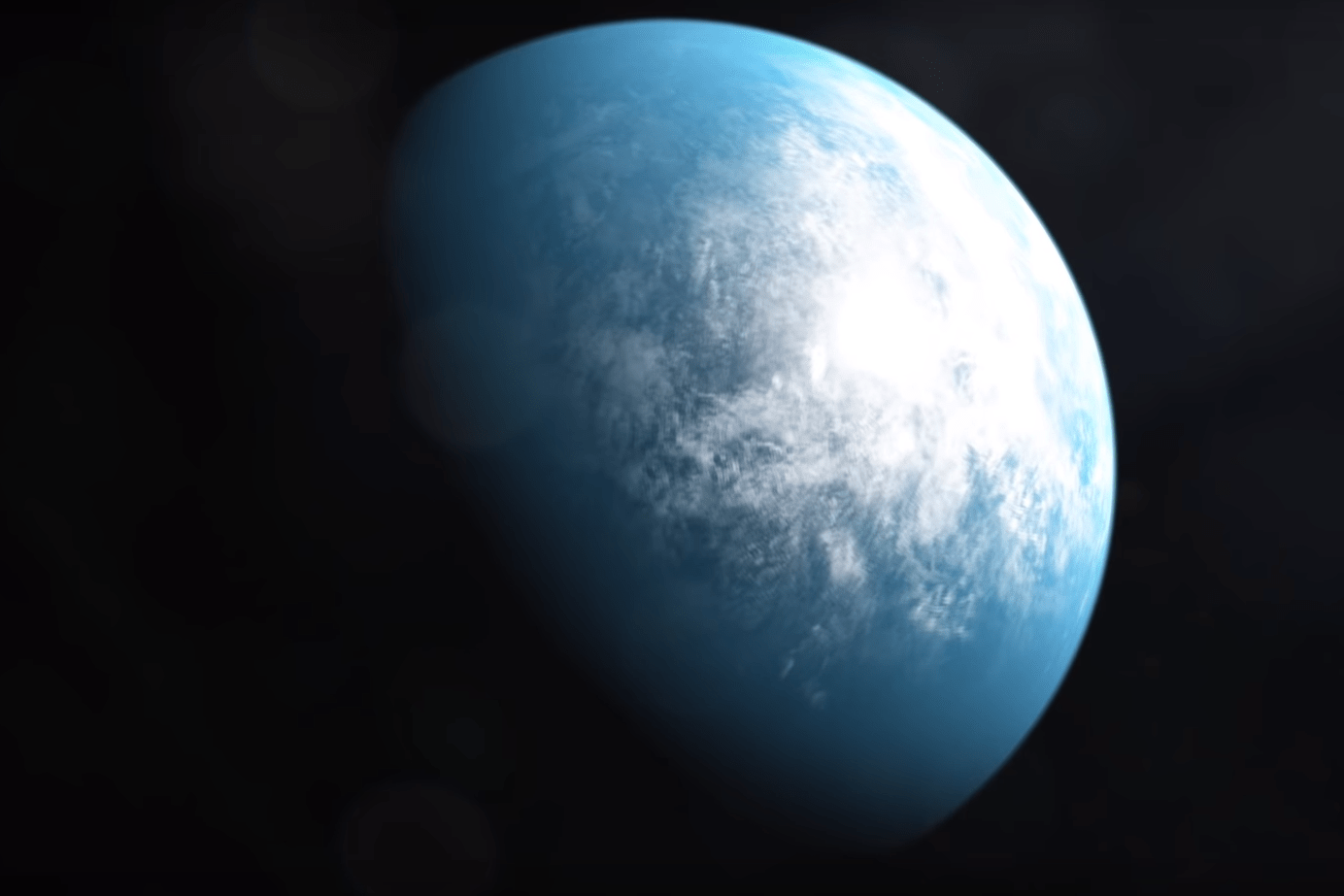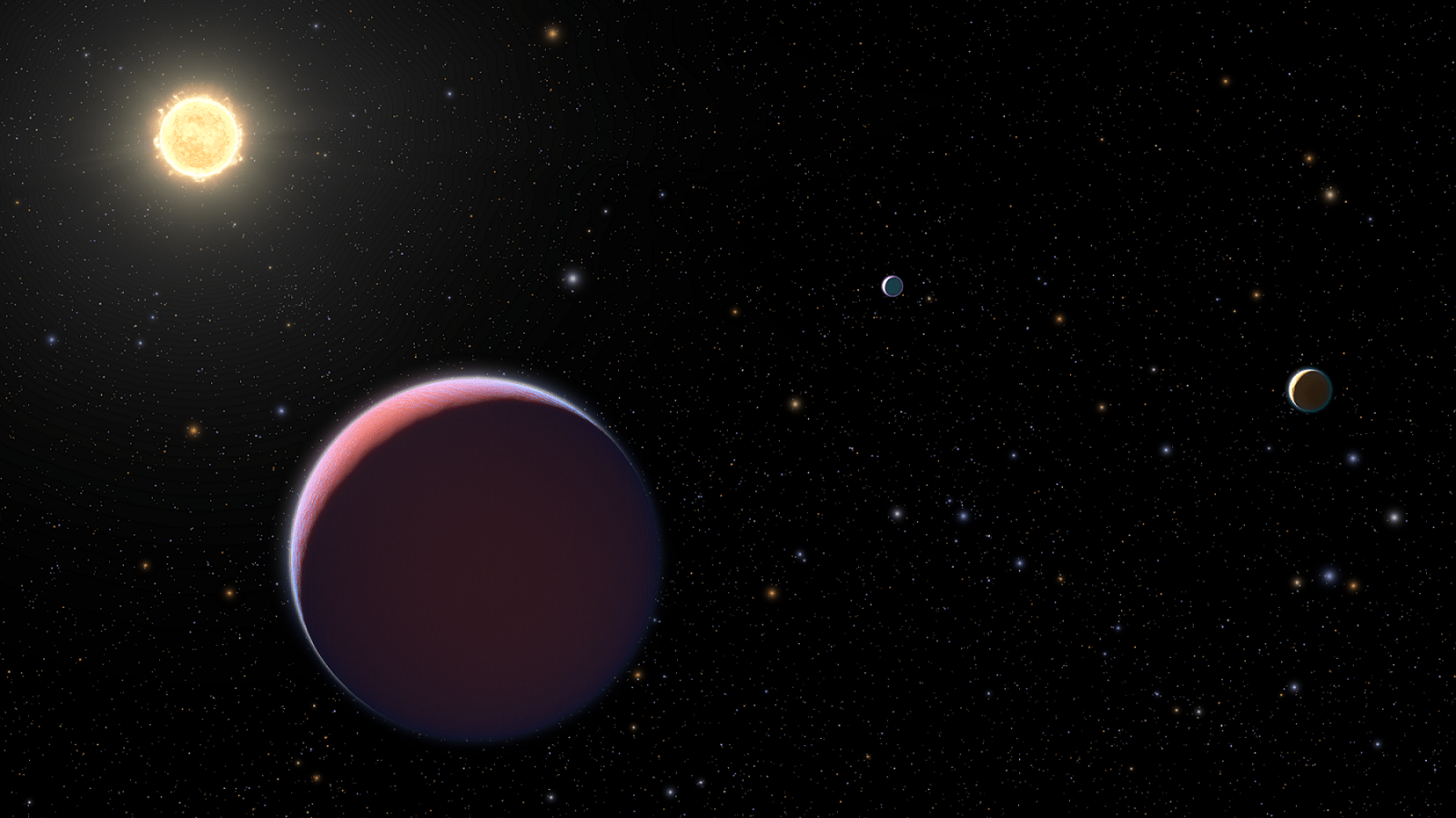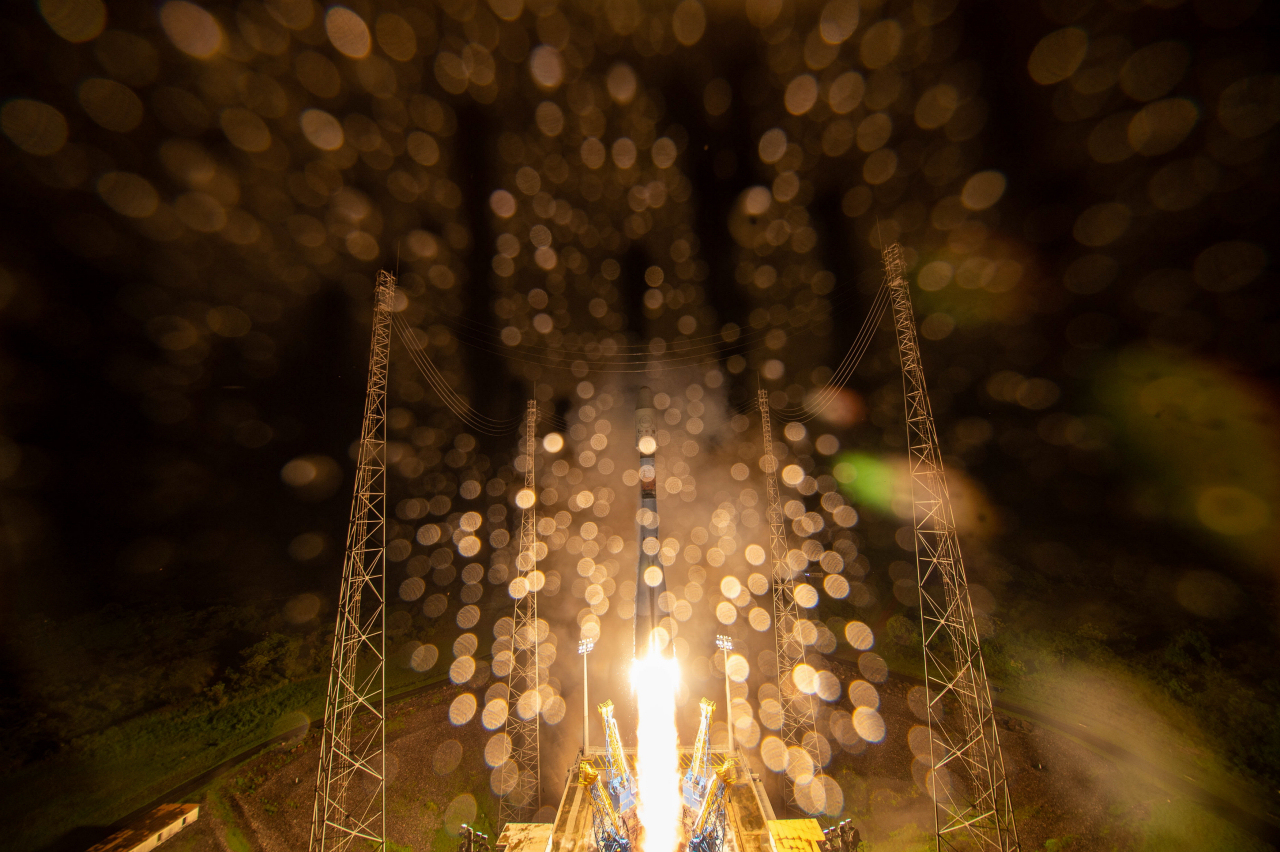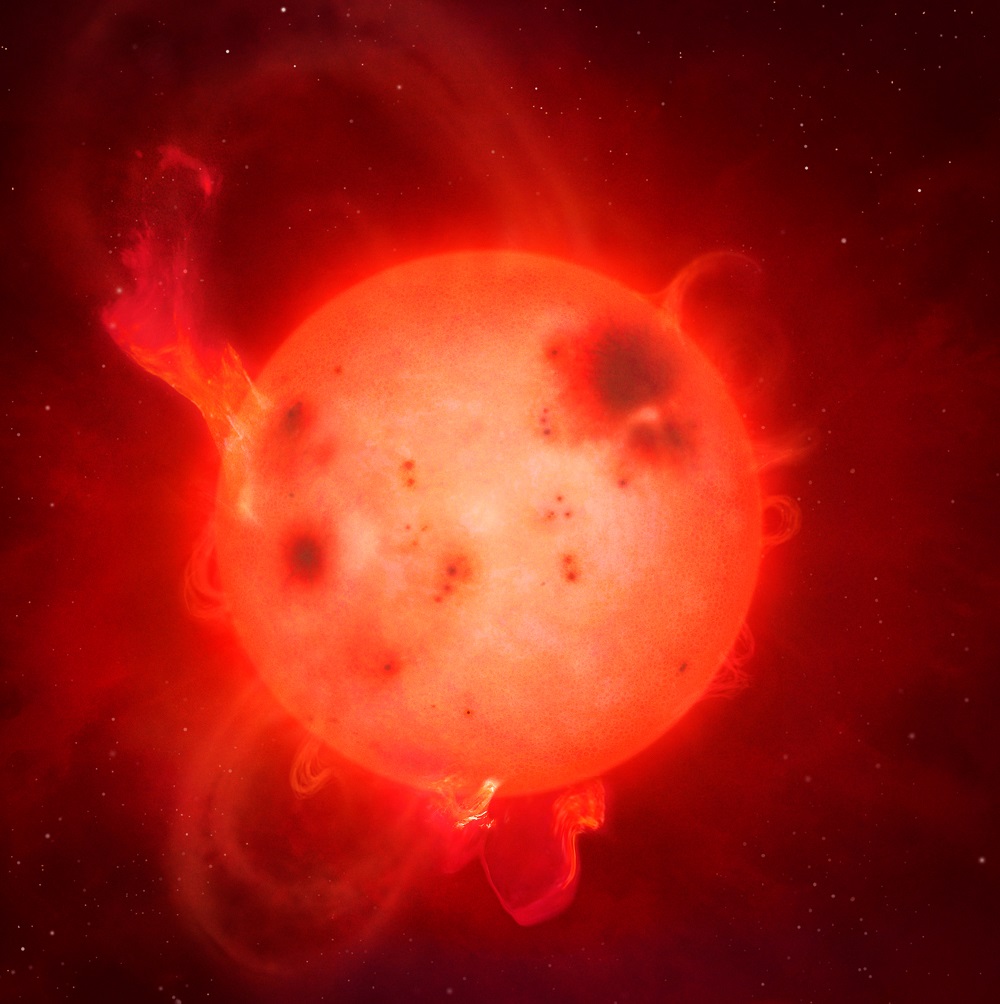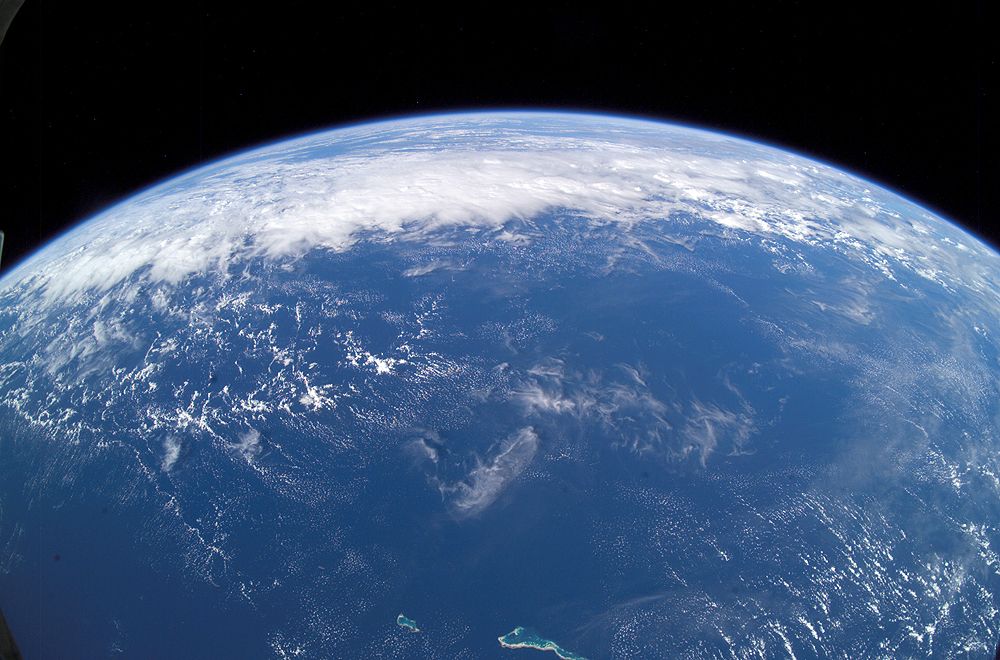At present, scientists can only look for planets beyond our Solar System using indirect means. Depending on the method, this will involve looking for signs of transits in front of a star (Transit Photometry), measuring a star for signs of wobble (Doppler Spectroscopy), looking for light reflected from a planet’s atmosphere (Direct Imaging), and a slew of other methods.
Based on certain parameters, astronomers are then able to determine whether a planet is potentially-habitable or not. However, a team of astronomers from the Netherlands recently released a study in which they describe a novel approach for exoplanet-hunting: looking for signs of aurorae. As these are the result of interaction between a planet’s magnetic field and a star, this method could be a shortcut to finding life!
Continue reading “Detecting Exoplanets Through Their Exoauroras”
